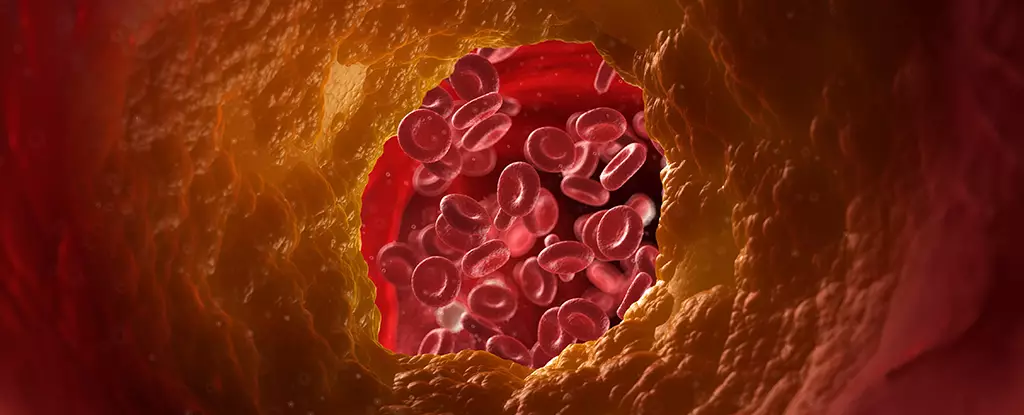Cardiovascular disease remains one of the leading causes of morbidity and mortality worldwide, primarily due to atherosclerosis. This condition is characterized by the accumulation of fatty substances, cholesterol, and cellular debris within the arterial walls, resulting in plaque formation that narrows and stiffens blood vessels. Recent research provides a glimpse into a revolutionary treatment option using carbon nanoparticles designed to combat this very issue. This article explores this innovative approach, its scientific underpinnings, and potential implications for human health.
Understanding Atherosclerosis: The Silent Killer
Atherosclerosis is often referred to as a silent killer due to its asymptomatic nature until severe complications arise, such as heart attacks or strokes. As plaques accumulate, they impede blood flow and can rupture, leading to acute cardiovascular events. Traditional preventative measures involve lifestyle modifications, including enhanced dietary choices and increased physical activity. However, these approaches may not suffice for everyone, especially those with a genetic predisposition to elevated cholesterol levels or arterial dysfunction.
In essence, the challenge lies in developing treatment strategies that specifically target atherosclerosis without inducing any negative side effects. This is where the introduction of carbon nanoparticles offers a promising avenue. By leveraging the body’s innate immune response, researchers aim to enhance the clearance of harmful plaques while preserving healthy cells.
The Nanoparticle Solution: Harnessing the Power of Science
The innovative use of carbon nanoparticles, which are significantly smaller than a human hair, represents a significant advancement in medical science. Researchers from Michigan State University and Stanford University collaborated to design a novel therapy that specifically targets arterial plaque through these nanoparticles, which are loaded with agents capable of activating immune cells.
During their experiments on pig models exhibiting atherosclerosis, the team utilized advanced imaging techniques, specifically positron-emission tomography (PET) scans. These scans provided quantitative data illustrating the reduction of inflammation and plaque size post-treatment. Biomedical engineer Bryan Smith emphasized the importance of their findings: not only did the therapy reduce plaque, but it achieved this without damaging surrounding healthy tissue—a common risk in many medical interventions.
Reactive Nature of Efferocytosis
Central to the mechanism of this nanoparticle therapy is a biological process known as efferocytosis. This process involves the clearance of dead or damaged cells from the arteries by the immune system. In instances of atherosclerosis, this process frequently falters due to overwhelming plaque build-up. By enhancing the efficiency of efferocytosis through targeted drug delivery, the treatment could potentially reverse some effects of atherosclerosis.
The initial success observed in animal models raises hope that similar treatment protocols could be established for human clinical trials. Importantly, the ability to scale up treatment for larger subjects, such as pigs, affords researchers confidence that adequate dosages can be achieved in humans.
Despite the advancements showcased in this study, cardiovascular diseases remain a critical public health challenge. The research team’s findings underscore the importance of collaborative efforts in tackling this issue. As they continue to prepare for human trials, there are several questions and challenges that remain: how will these nanoparticles be delivered effectively in humans? Will they maintain the same efficacy and safety profile observed in the animal models?
If successful, this targeted nanoparticle therapy could represent a paradigm shift in how we approach cardiovascular disease treatment. This method potentially allows for a more precise intervention, reducing the risks linked with traditional treatments that may adversely affect healthy cells.
While technological advancements in treating atherosclerosis are encouraging, they do not negate the importance of lifestyle changes. Diet and exercise will continue to play pivotal roles in preventing and managing cardiovascular diseases. The synergy between innovative treatments and holistic health practices presents an exciting frontier in disease prevention and management.
As research progresses, the prospect of effectively utilizing carbon nanoparticles to diminish cardiovascular disease risk appears more tangible. Through careful study and development, scientists may soon deliver on the promise of safer, more effective interventions for one of society’s most pressing health concerns.

